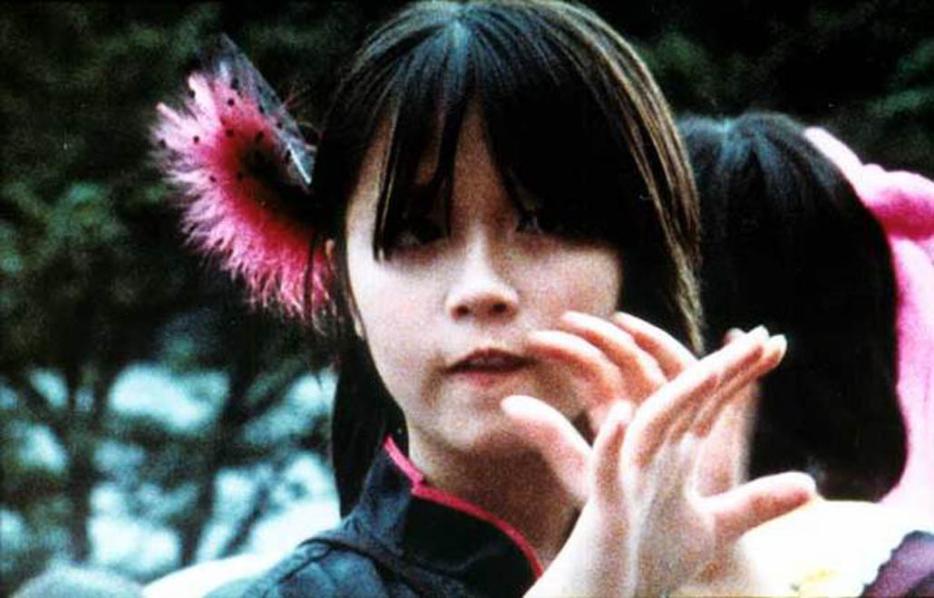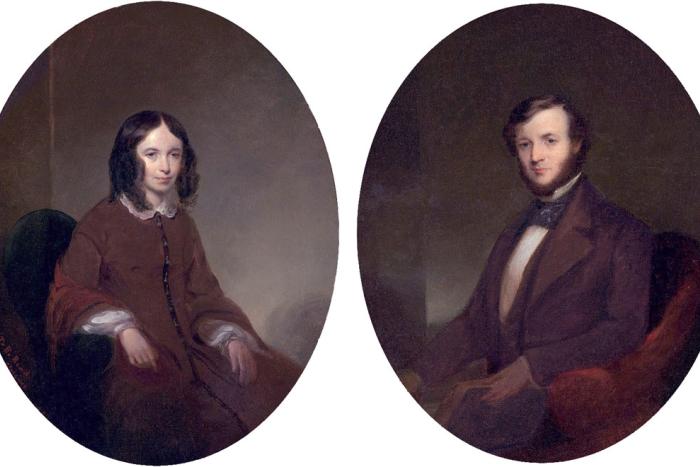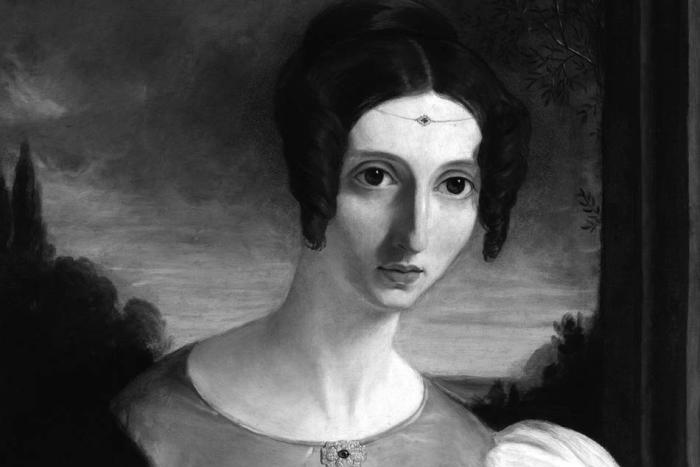I’ve never been to Japan, and until recently my most eye-opening (ha) (you’ll get it in a minute) exposure to Japanese culture was through these mint-flavoured eyedrops (there it is) that friends brought back from a trip. If your eyes are dry or red, you squeeze these eyedrops in and right away, you’ve made a terrible, terrible mistake—like you just stabbed yourself in the brain with a candy cane. Gradually, the minty blindness subsides and your eyes feel marginally less dry. Point being, Japan does things differently.
A recent study in the journal Visual Communication by Scott Koga-Browes of Japan’s Kyushu University examines what the use of different camera shots in British and Japanese news programs can tell us about social distance in these two cultures. The idea that the space between people is an important indicator of both cultural norms and personal relationships, Koga-Browes explains, was first developed by theorist E.T. Hall in the 1960s. Hall divided social distance into four categories: intimate, personal, social, and public.
Interestingly, Hall points out that “intimate distance” is the most ambiguous. If you keep your friends close and your enemies closer, it can be hard to tell which is which: “This is the distance of love-making and wrestling, comforting and protecting. Physical contact or the high possibility of physical involvement is uppermost in the awareness of both persons...the iris of the other person’s eye seen at about six to nine inches is enlarged to more than life-size.”
Personal distance is a bit greater than intimate distance, but the other person is still within arm’s length—you could reach out and “hold or grasp” the other person.
Social distance is a distance at which “‘intimate visual detail in the face is not perceived, and nobody touches or expects to touch another person unless there is some special effort.” It’s a distance for conducting a business deal, not for talking about your love life.
Finally, public distance means other people are “well outside the circle of involvement.” You can’t see people’s eyes very well, and at sixteen feet your eye starts to flatten out what you see to fit it into your visual field, so other people literally start to look more two-dimensional. At this distance, you can take in the faces of more than one person at a time, and scan people’s whole bodies.
For this study, Koga-Browes chose to sample images from each country’s public broadcaster: the UK’s British Broadcasting Corporation and Japan’s Nippon Hoso Kyokai (Japan Broadcasting Corporation). He extracted still shots every two seconds, and ended up with 1,422 pieces of data from the BBC and 1,424 from the NHK. Then he measured how much of the screen the subjects’ faces took up.
Koga-Browes found that while the BBC has more shots featuring people (or “social actors”), the NHK’s shots of people are more intimate. Japan’s NHK had people in 66 percent of the shots sampled, but used three times as many close-ups as the BBC, in which the subject’s face filled or even overflowed the screen. The BBC, by contrast, featured people in 75 percent of the shots, but showed these people from a greater distance: “the BBC uses portrayals which tend to the distant end of the spectrum; in nearly 60 per cent of portrayals of social actors, the faces of those shown occupy less than 30 per cent of screen height.”
To illustrate his finding, Koga-Browes includes two sample stills. They’re both of dudes in suits, but in the NHK shot, the suited dude takes up most of the frame—you can see a hint of red couch on either side of his shoulders, and a potted plant on the windowsill right behind him. His head is almost touching the top of the frame, and his chest is cut off about mid-tie. In the BBC shot, the suited dude is outside on the street, under what looks like scaffolding, and you can see a colonnaded stretch of the building on the other side of the street, as well as three pedestrians and two cars. The British suit-dude’s head also nearly touches the top of the frame, but at the bottom he is showing a lot more tie (a shame, really, since the Japanese guy’s tie is definitely nicer). Their faces take up 36 percent and 28 percent of the frames, respectively.
One of the reasons this might be, Koga-Browes says, is that Japan is a far more media-saturated country than the UK. He cites earlier research in the field showing that:
In 2005, the average Kanto-area household had the television on for just over 8 hours (between 6:00 and midnight) per day, the average individual viewed just over 4 hours during the same period, 70 per cent of viewers nationwide had five or more free-to-air commercial channels available, as well as two NHK channels... In 2006, over 90 per cent of Japanese households owned some sort of mobile phone, many with internet access and ‘one-seg’ television, and over 80 per cent owned a PC; overall, 80 per cent of Japanese spent more than 30 minutes a day reading a newspaper.
When you have lots of choices, broadcasters need to capture your attention quickly, and showing more faces from an intimate distance may be a good way for newscasters to keep their audience’s attention.
I like the idea that intimate shots of a person in a news story could make you feel both sympathetic to and repelled by the person. Up close, people are frankly a little disgusting, and it’s odd to be in “love-making or wrestling” range of politicians, experts-for-hire, and other folks who make it onto the news. The people who exert the biggest influence on the world are the ones whose faces you rarely see: the money people. Maybe there should be a new rule in broadcasting where the more your actions affect other people’s lives, the more extreme the close-ups of you on national television. Maybe if we were visually reminded of how much time we spend smack-up against Hugh Grant’s chin (the president and CEO of Monsanto), we’d find a way to step back a little.
--
Image: Still from Chris Marker's film Sans Soleil






